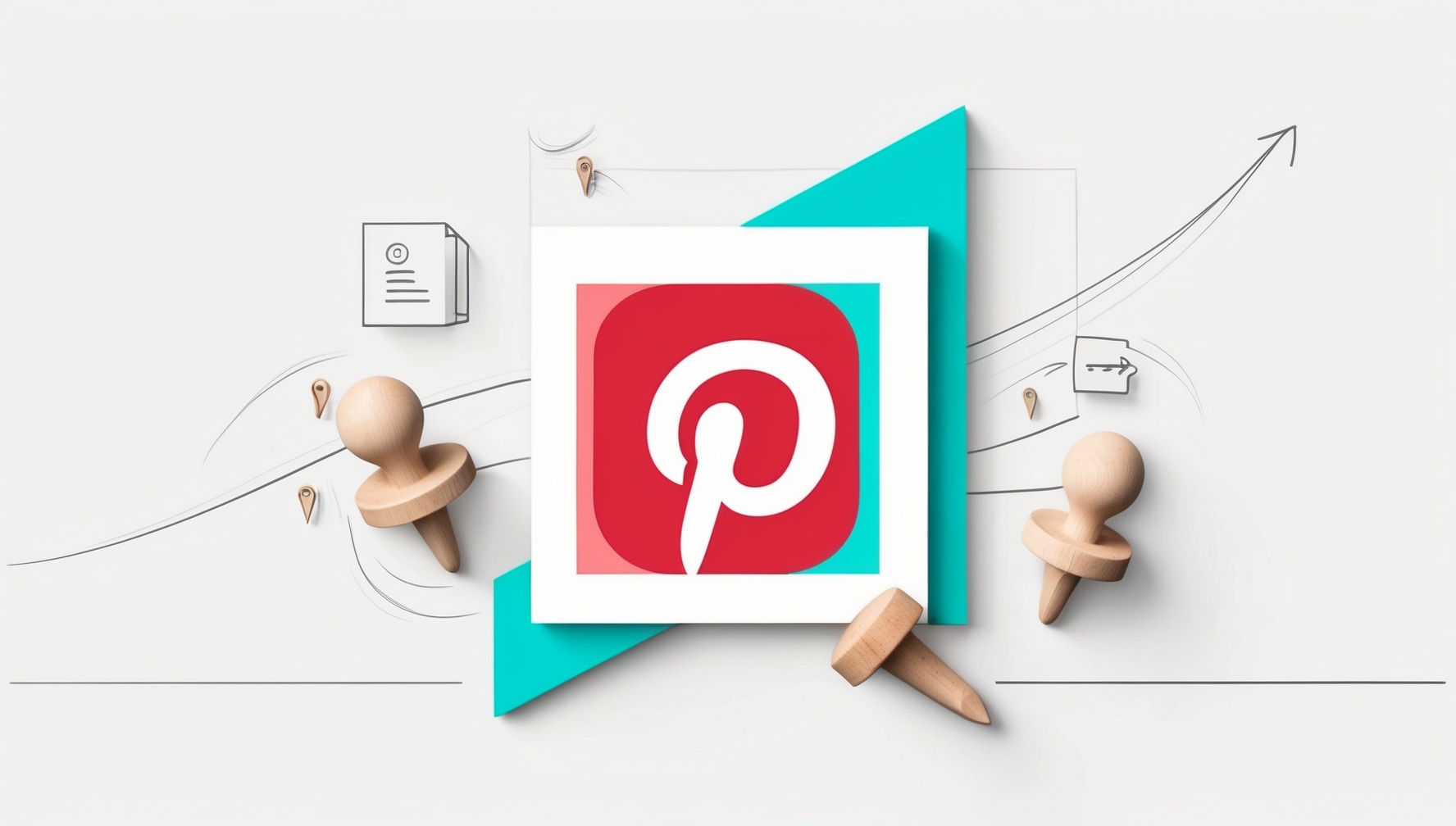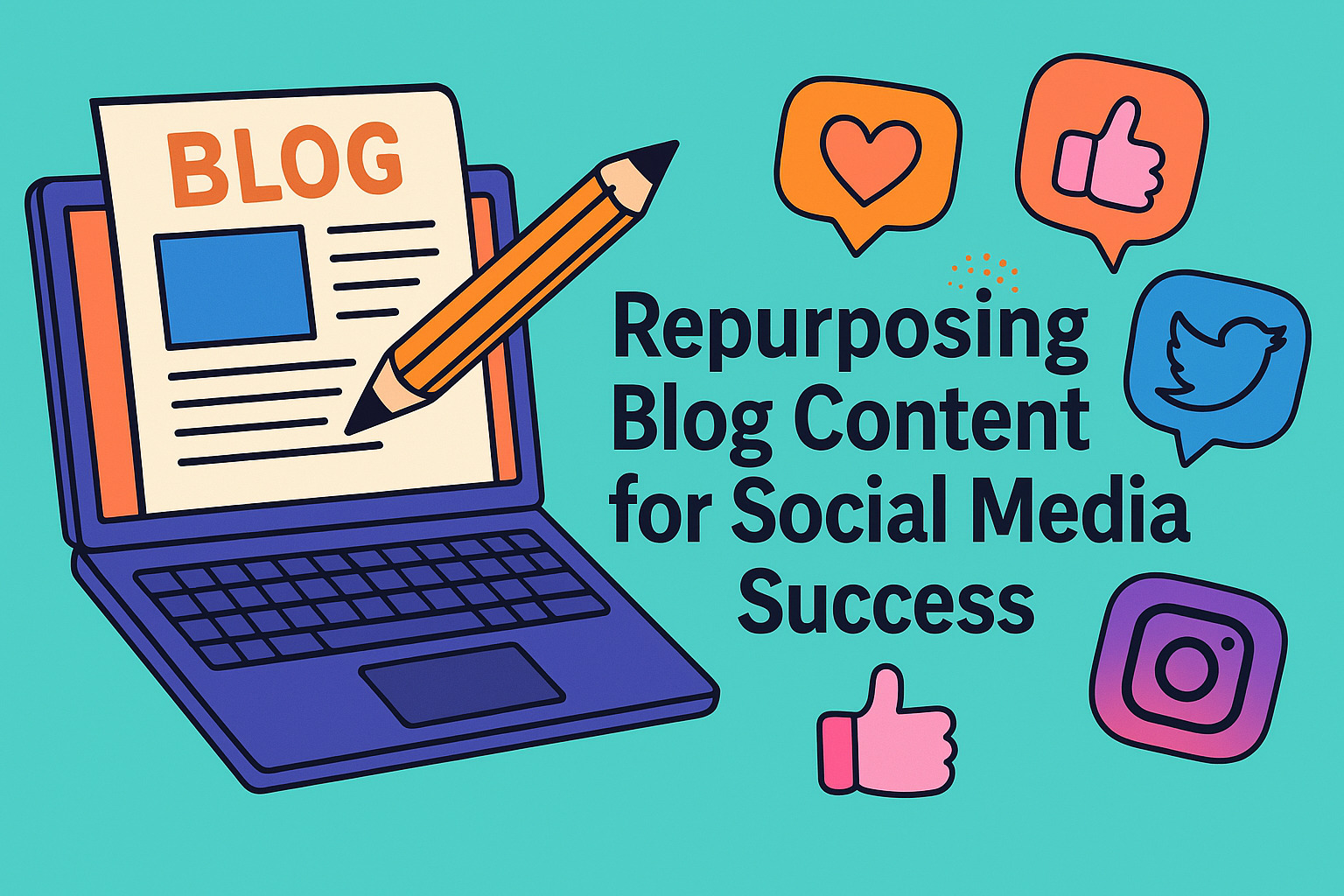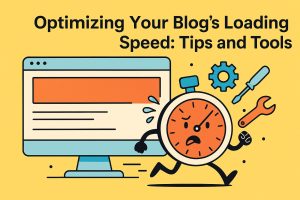How to Use Pinterest to Drive Blog Traffic
Pinterest is a powerful platform for bloggers looking to increase their traffic. With its visually appealing interface and strong search capabilities, Pinterest can help you reach a broader audience and drive more visitors to your blog. Here’s how to effectively use Pinterest to boost your blog traffic.
1. Set Up and Optimize Your Pinterest Profile
Creating a professional and optimized Pinterest profile is the first step to attract followers and drive traffic.
Steps to Optimize Your Profile:
- Create a Business Account: A business account provides access to Pinterest Analytics and advertising options.
- Profile Picture: Use a high-quality, recognizable profile picture, preferably your blog logo or a professional headshot.
- Bio: Write a clear and engaging bio that includes relevant keywords about your blog niche.
- Website Verification: Verify your blog’s website to gain access to analytics and appear more credible to users.
2. Create and Organize Boards
Organizing your content into boards makes it easy for users to find and follow your pins.
Steps to Create Effective Boards:
- Board Titles: Use clear, descriptive titles with relevant keywords.
- Board Descriptions: Write detailed descriptions for each board, including keywords to improve searchability.
- Cover Images: Choose attractive cover images for your boards to make them stand out.
3. Design Eye-Catching Pins
Visually appealing pins are essential for capturing attention and driving clicks.
Tips for Designing Pins:
- Vertical Format: Use a 2:3 aspect ratio (e.g., 1000 x 1500 pixels) for your pins.
- High-Quality Images: Use bright, high-resolution images.
- Text Overlay: Add descriptive text overlays to explain what the pin is about.
- Branding: Include your blog’s logo or URL on the pin.
- Consistent Style: Maintain a consistent style and color scheme to create a recognizable brand.
4. Pin Consistently
Regularly pinning content helps maintain visibility and engagement on Pinterest.
Tips for Consistent Pinning:
- Pin Daily: Aim to pin multiple times a day to keep your content fresh and in front of users.
- Schedule Pins: Use scheduling tools like Tailwind to plan and automate your pinning.
5. Use Keywords Effectively
Keywords help your pins appear in search results and reach a larger audience.
Keyword Strategies:
- Pin Descriptions: Write detailed descriptions with relevant keywords for each pin.
- Board Descriptions: Include keywords in your board descriptions.
- Hashtags: Use relevant hashtags to increase the visibility of your pins.
6. Join and Participate in Group Boards
Group boards are a great way to share your content with a larger, engaging community, allowing you to interact with like-minded individuals and grow your audience.
Steps to Join Group Boards:
- Find Relevant Boards: Search for group boards in your niche using Pinterest or tools like PinGroupie.
- Follow Instructions: Follow the board owner’s instructions for joining, which usually involve following their account and sending an invitation request.
- Engage Regularly: Actively participate by pinning quality content and engaging with other members.
7. Leverage Rich Pins
Rich Pins provide more context about your blog posts by automatically syncing information from your website to your pins.
Types of Rich Pins:
- Article Pins: Include the headline, author, and story description.
- Product Pins: Show pricing, availability, and product information.
- Recipe Pins: Display ingredients, cooking times, and serving sizes.
Setting Up Rich Pins:
- Validate Your Website: Use Pinterest’s Rich Pin Validator to confirm your website supports Rich Pins.
- Apply for Rich Pins: Follow the instructions on Pinterest to apply for Rich Pins once your site is validated.
8. Monitor and Analyze Performance
Analyzing your Pinterest performance alongside other social media strategies can help you understand what works best and refine your approach across different platforms.
Using Pinterest Analytics:
- Track Metrics: Monitor key metrics such as impressions, clicks, saves, and engagement rates.
- Analyze Top Pins: Identify your most popular pins and analyze what makes them successful.
- Adjust Strategy: Use insights from your analytics to optimize your pinning strategy, content, and timing.
Conclusion
Pinterest can be a game-changer for driving traffic to your blog. By optimizing your profile, creating engaging pins, using keywords, and leveraging group boards and Rich Pins, you can effectively increase your blog’s visibility and attract more visitors. Consistent effort and strategic planning will help you make the most out of Pinterest’s potential for your blog’s growth.














Post Comment